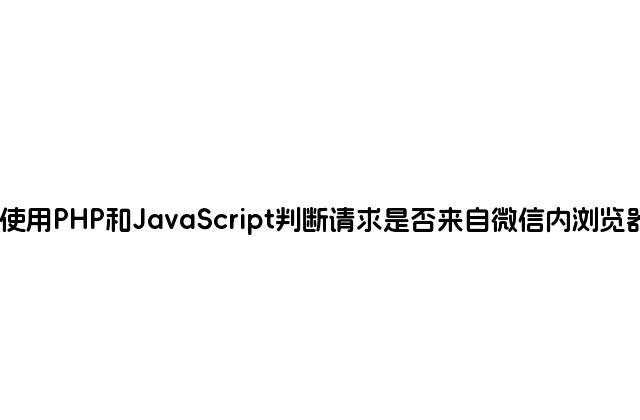
(PHP 4, PHP 5)
pg_fetch_array — 提取一行作为数组
说明
array pg_fetch_array ( resource$result
[, int $row
[, int $result_type
]] )
pg_fetch_array()
返回一个与所提取的行(元组/记录)相一致的数组。如果没有更多行可供提取,则返回
FALSE。
pg_fetch_array() 是 pg_fetch_row() 的扩展版本。在返回的数组中不仅以数字索引方式存放数据(字段编号),默认情况下还用字段名做索引存放数据(字段名)。
row 是想要取得的行(记录)的编号。第一行为 0。
result_type 是可选参数,控制着怎样初始化返回值。result_type
是一个常量,可以有以下取值:PGSQL_ASSOC,PGSQL_NUM
和 PGSQL_BOTH。取值为 PGSQL_ASSOC 时
pg_fetch_array() 返回用字段名作为键值索引的关联数组,取值为
PGSQL_NUM 时用字段编号作为键值,取值为
PGSQL_BOTH 时则同时用两者作为键值。默认值是 PGSQL_BOTH。
Note:
result_type 是在 PHP 4.0 中才加入的参数。
pg_fetch_array() 并不明显比使用 pg_fetch_row() 慢,而且在使用中提供了更大的方便。
Example #1 pg_fetch_array()
<?php
$conn = pg_pconnect("dbname=publisher");
if (!$conn) {
echo "An error occured.n";
exit;
}
$result = pg_query($conn, "SELECT * FROM authors");
if (!$result) {
echo "An error occured.n";
exit;
}
$arr = pg_fetch_array($result, 0, PGSQL_NUM);
echo $arr[0] . " <- arrayn";
$arr = pg_fetch_array($result, 1, PGSQL_ASSOC);
echo $arr["author"] . " <- arrayn";
?>
Note:
从 4.1.0 开始,row 成为可选参数。每次调用 pg_fetch_array(),内部的行计数器都会加一。
参见 pg_fetch_row() 和 pg_fetch_object() 以及 pg_fetch_result()。






